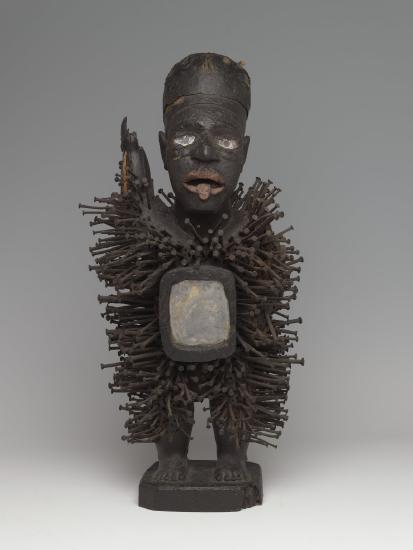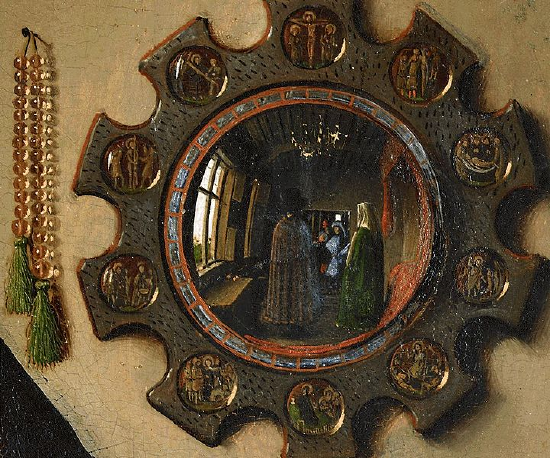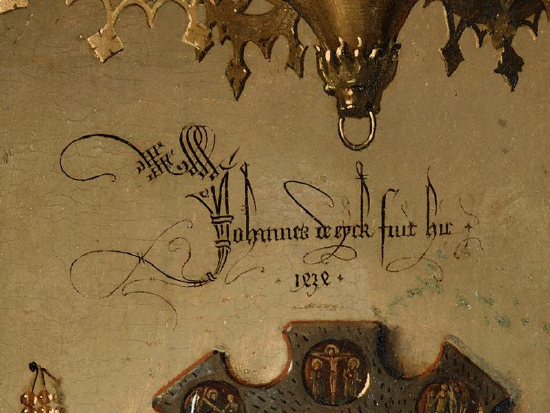1.2: What is Art?
- Page ID
- 156836
What is Art?
For a moment, imagine what a world without art would be like? How would buildings look? Could any kind of visual communication exist at all? It’s an interesting question that leads us to quickly define defining the boundaries of what does and does not constitute art. Defining what is art can be difficult, especially since its definition can change over the years and between different cultures.
Art is studied because “it is among the highest expressions of culture, embodying its ideals and aspirations, challenging its assumptions and beliefs, and creating new visions and possibilities for it to pursue” (Sayre XVI). In the Western tradition (people and places with European roots, such as what North America is often considered), we generally think of fine art when defining art. These are works that take imagination, skill, and genius to create something that is not meant to imitate a real-world object or serve a functional purpose. However, before the Renaissance, art in the Western tradition was defined as a functional craft, such as metalworking. The idea of art for art’s sake (meaning, art that was purposely created not to have a functional purpose) came about many years later.
|
Studying art leads to a greater understanding of our own cultural values and of the society that produced it. For example, when colonizing forces of Europeans encountered African wood sculptural nkisi n'kondi figures they considered them to be evidence of idolatry and witchcraft or opposition to the colonizing forces (Sayre 11–12). The nkisi n'kondi figures were pierced with nails during elaborate ceremonies to make the sculpted figure beautiful. An nkisi n'kondi is created to hold powerful ingredients used for judicial and healing contexts (Brooklyn Museum). To make an nkisi n'kondi, a carver begins by sculpting a human or animal figure with an empty space in its stomach. Then, during an elaborate ceremony, a ritual expert puts powerful ingredients with supernatural powers on the object and in the stomach. The ritualist activates the figure by breathing into the stomach and then immediately seals it off with a mirror. Nails and blades are driven into the figure, either to conform an oath or to destroy an evil force (ibid).
Power Figure (Nkisi N’kondi), Kongo peoples (Democratic Republic of the Congo). |
Power Figure (Nkisi N'kondi), found in Kongo (Democratic Republic of the Congo, Solongo or Woyo subgroup), late 19th-early 20th century wood, fiber, glass, iron, pigment, bone, 24 x 6 1/2 x 8 1/2 in. Brooklyn Museum, New York, NY |
Power Figure: Male (Nkisi), 19th-mid 20th century, Kongo peoples, wood, pigment, nails, cloth, beads, shells, arrows, leather, nuts and twine, 58.8 x 26 x 25.4 cm (The Metropolitan Museum of Art). Speakers: Dr. Peri Klemm and Dr. Beth Harris
Works Cited
Brooklyn Museum. "Power Figure (Nkisi Nkondi)," Brooklyn Museum. Open Collection. n.d., https://www.brooklynmuseum.org/openc.../objects/71253. Accessed 3 Mar 2022.
Sayre, Henry. A World of Art, Sixth edition. Boston: Prentice Hall, 2010. Print.
Creative Visualization
As far back as 50,000 BC/BCE, people have had the urge to create. In fact, being creative is part of our natural human ability. Let's do some creative visioning. What do you see in these clouds?

These are Nacreous clouds. Most people see a dove soaring downward to the right or a rabbit hopping to the left.

"Altocumulus Castellanus or Jellyfish Clouds," by Naseko, retrieved from https://www.sequelanet.com.br/2010/04/fotos-de-nuvens-raras-impressionante.html
Most people see mini tornadoes or a skeleton of a running lion (it's is on the left) in these Altocumulus Castellanus clouds.
"Lenticular or Discoidal Clouds" by Naseko, retrieved from https://www.sequelanet.com.br/2010/04/fotos-de-nuvens-raras-impressionante.html
Stacks of pancakes or a UFO is often seen in the circular Lenticular cloud on the left-hand side of this image.
It's almost universal for people to see waves or the heads of several swans (whose heads are facing to the left) in these Cirrus clouds.
As this creative visioning exercise proves, everyone is able to create images, even if in their minds. What might seem new is making meaning from images.
Visual Literacy
The process of making meaning from images and using critical-thinking skills to understand what was seen, and communicated as a result, is known as visual literacy.
Are You a Visual Literate. YouTube, uploaded by TubeShare.in, 3 Sept 2020, https://youtu.be/XACblhtNSM4.
The best way to begin analyzing a work of art is to "read" it. Just like reading a book, we start from the upper left, scan slowly to the right, and all the way down to the bottom of the work until we reach its end. While scanning, we notice all the details seen in the work. These details are clues that give meaning to the work. Take a look at the following artwork to see what you notice.
|
Jan van Eyck, Portrait of Giovanni (?) Arnolfini and His Wife (Arnolfini Double Portrait or The Arnolfini Marriage), |
|
Detail: mirror, Portrait of Giovanni (?) Arnolfini and His Wife |
Detail: signature, Portrait of Giovanni (?) Arnolfini and His Wife |
Now that you have gathered the details, let's see what they mean.
Van Eyck, The Arnolfini Portrait. YouTube, uploaded by Smarthistory, 15 Aug 2012, https://youtu.be/9ODhKqFaugQ.
Did you expect to find so much meaning in the details seen in this work? It's amazing how one painting can contain so much objective and subjective information. From an objective standpoint (literal facts), we see objects, such as shoes, a little dog, oranges on the window sill, a woman in a green velvet dress, etc. Yet from a subjective standpoint (our personal thoughts and opinions that are based on knowledge from our backgrounds and experiences), we learn that the shoes signify domesticity; the dog, fidelity; the oranges, the fact that the Arnolfinis were wealthy merchants; and the dress, a non-pregnant woman dressed in her finest for a ceremony of some sort.
Whether objective or subjective, such details are important to understanding art. Despite that, art does not exist in a vacuum. It responds to what is happening in the art world and in society, as a whole. These are just a couple of reasons why studying art is important.
The Importance of Studying Art
Although art might seem highly specialized, the skills learned in this discipline can be used in several practical ways. Amy Herman explains how in this video.
How Art Can Help You Analyze: Amy E. Herman. YouTube, uploaded by TED-Ed, 4 Oct 2013, https://youtu.be/ubEadhXWwV4.
Summary
- Art in the Western tradition takes imagination, skill, and genius to create works that are meant to exist solely on their own. These works do not need to imitate an object seen in the real world or be created to use for a specific purpose.
- Despite whether or not a person considers themselves to be artistic, the ability to be creative is a common, human trait.
- Visual literacy is a process that helps us uncover possibilities, understand, and then figure out the meaning for visual images.
- Studying the arts helps us notice the details, see the world in different ways, and effectively communicate information that is not readily apparent.


%252C_Kongo_peoples.jpg?revision=1&size=bestfit&width=308&height=350)


%252C_1434.jpg?revision=1&size=bestfit&width=500&height=691)

